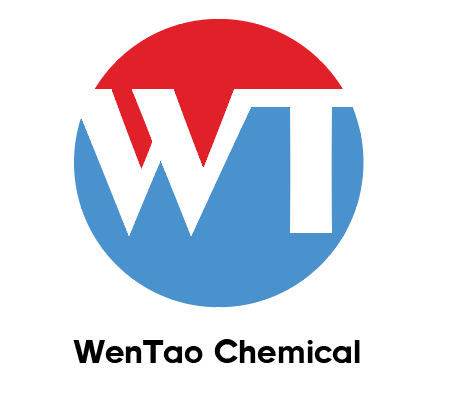2-CyanopyridineCAS NO.: 100-70-9 CAS NO.100-70-9
- FOB Price: USD: 4.00-5.00 /Kilogram Get Latest Price
- Min.Order: 1 Kilogram
- Payment Terms: L/C,D/A,D/P,T/T,Other
- Available Specifications:
top grade (1-10)Kilogramtop grade (10-100)Kilogram
- Product Details
Keywords
- 2-Cyanopyridine
- high purity 2-Cyanopyridine
- 99.5% 2-Cyanopyridine
Quick Details
- ProName: 2-CyanopyridineCAS NO.: 100-70-9
- CasNo: 100-70-9
- Molecular Formula: C6H4N2
- Appearance: White solid
- Application: Adhesive and Sealant
- DeliveryTime: in stock
- PackAge: Aluminium foil bag
- Port: China main port
- ProductionCapacity: 10000 Gram/Day
- Purity: 99%
- Storage: Room temperature
- Transportation: By Sea/Air/DHL
- LimitNum: 1 Kilogram
- first class: 1-10
Superiority
Details
| Chemical Properties | white to brown low melting crystalline solid |
| Chemical Properties | The cyanopyridines are as follows: 2-cyano-: A white to tan liquid or solid. Almond odor. Boiling point=2213℃ ; freezing/melting point=27℃ ; flash point=89℃ . 3-cyano-: a colorless liquid or gray crystal- line solid. |
| Uses | 2-Cyanopyridine is a cyano substituted pyridine. 2-Cyanopyridine is a related compound of nicotine and is a component of tobacco smoke condensate. |
| Definition | ChEBI: A cyanopyridine carrying the cyano group at position 2. |
| Potential Exposure | Limits in Air NIOSH IDLH525 mg/m3 NIOSH REL: (nitriles) 2 ppm, Ceiling Concentration, not to be exceeded in any 15-minute work period. |
| Shipping | UN3276 Nitriles, liquid, toxic, n.o.s., Hazard Class: 6.1; Labels: 6.1-Poisonous materials, Technical Name Required, Potential Inhalation Hazard (Special Provision 5). |
| Incompatibilities | Oxidizing agents, such as perchlorates, peroxides, and permanganates. Nitriles may polymerize in the presence of metals and some metal compounds. They are incompatible with acids; mixing nitriles with strong oxidizing acids can lead to extremely violent reactions. Nitriles are generally incompatible with other oxidizing agents such as peroxides and epoxides. The combination of bases and nitriles can produce hydrogen cyanide. Nitriles are hydrolyzed in both aqueous acid and base to give car- boxylic acids (or salts of carboxylic acids). These reactions generate heat. Peroxides convert nitriles to amides. Nitriles can react vigorously with reducing agents. Acetonitrile and propionitrile are soluble in water, but nitriles higher than propionitrile have low aqueous solubility. They are also insoluble in aqueous acids . |


 Diamondsupplier
Diamondsupplier 



